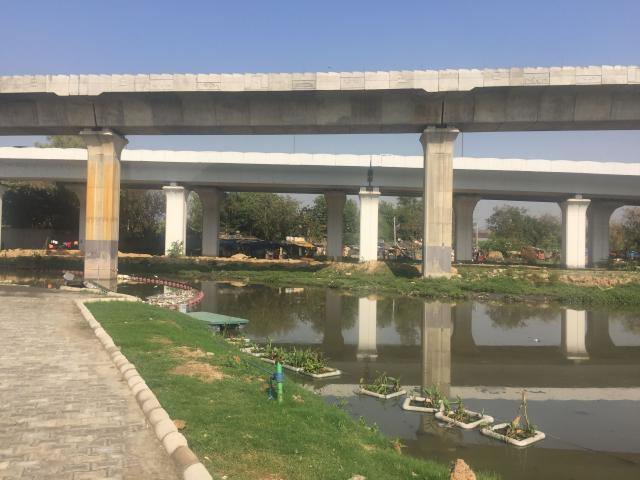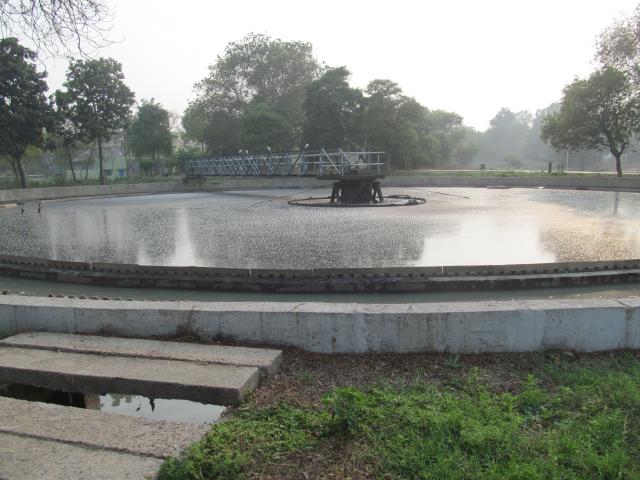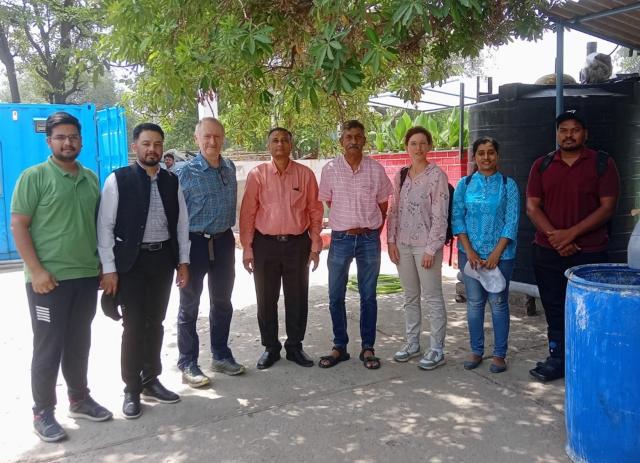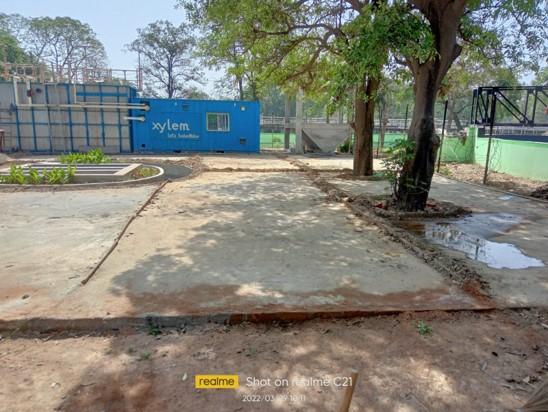Pilot Sites
Pavitra Ganga treatment trains
Technology evaluation based on the pilot tests
Environmental impact of the Pavitra Ganga treatment trains
The Life Cycle Assessment (LCA) showed that all Pavitra Ganga treatment trains focusing on energy recovery through anaerobic digestion and water reuse in agriculture (emissions to soil), can reduce the total environmental impact by 60-80% compared to treated effluent discharged to surface water bodies. This is due to the high phosphorus (P) content in wastewater, which leads to freshwater eutrophication in open water bodies. Although it is an essential macronutrient in agriculture, the amount of phosphorus in wastewater is insufficient to provide significant additional environmental benefits because of a reduced use of mineral P fertilisers. On the other hand, the energy recovery from sludge digestion can reduce the environmental impacts, specifically Andicos and Photo Activated Sludge (PAS).
Overall, the cumulative environmental impacts of the Pavitra Ganga treatment trains were comparable (0.0015 - 0.0023 Pts) to the benchmark scenarios (0.0026 - 0.0030 Pts). The polishing effect of Constructed Wetland+ resulted in the lowest environmental impact due to the increased nitrogen (N) removal and the low energy its low energy requirements.
Microbial risk assessment
The quantitative microbial risk assessment showed that disinfection processes are required for the SFD-MBR, PAS and the activated sludge (ASP) technologies to achieve a 2-4 log-removal of faecal coliforms. Without disinfection, SFD-MBR, PAS and the ASP technologies do not achieve these log removals, and the number of gastrointestinal infections in the farming community still ranges between 98 and 485 (compared to 2,600 infections with the existing irrigation water quality). The effluents of the ultra filtration (UF) membrane treatment trains (i.e. Andicos and MBR) will mitigate gastrointestinal infections and remove helminths effectively.
Occupational health risk assessment
The occupational health risks for wastewater treatment plant operators were comparable for the number of risks but differ in risk levels and hazards. Enclosed membrane systems, such as Andicos, SFD-MBR and MBR, have lower risks for physical, accident and vector-related hazards than ASP or PAS. CW+ entails fewer hazards, as accidents related to heat, chemicals and electricity do not exist.
Socio-technical assessment
The socio-technical assessment showed that SFD-MBR is the most robust system, as it demonstrated a high reliability during operation and is flexible in its design (i.e., applicable for low- to large-scale treatment schemes). It is also simpler and easier to operate than the Andicos system, which requires highly skilled personnel to operate the anaerobic process.
Although Andicos shows high potential for energy recovery from the co-digestion of sewage sludge and biowastes, the business model can be hampered by practical and cultural challenges.
Among the small-scale treatment scenarios, CW+ is more robust than PAS, as PAS was prone to technical issues during piloting. CW+ is a reliable and simple low-tech solution with increased nutrient and heavy metal removal.
Further expected outcomes
Deliverable Report D 5.5 'Performance assessment and holistic technology evaluation' provides multiple criteria to be aggregated into a score for decision-making, which is done in an ongoing MSc thesis and peer-reviewed article in preparation by University of Applied Sciences and Arts Northwestern Switzerland (FHNW).
Another MSc thesis and a peer-reviewed article (also in preparation at FHNW) investigate the acidification of five undigested and digested sewage sludges from Kanpur and Delhi to understand the P and heavy
metal release from the sewage sludge and for subsequent use as struvite fertilizer.
Read the entire report: Performance assessment and holistic technology evaluation*
* The deliverable report is still under review and has not yet been approved by the European Commission. The final approved version will be uploaded as soon as possible.





